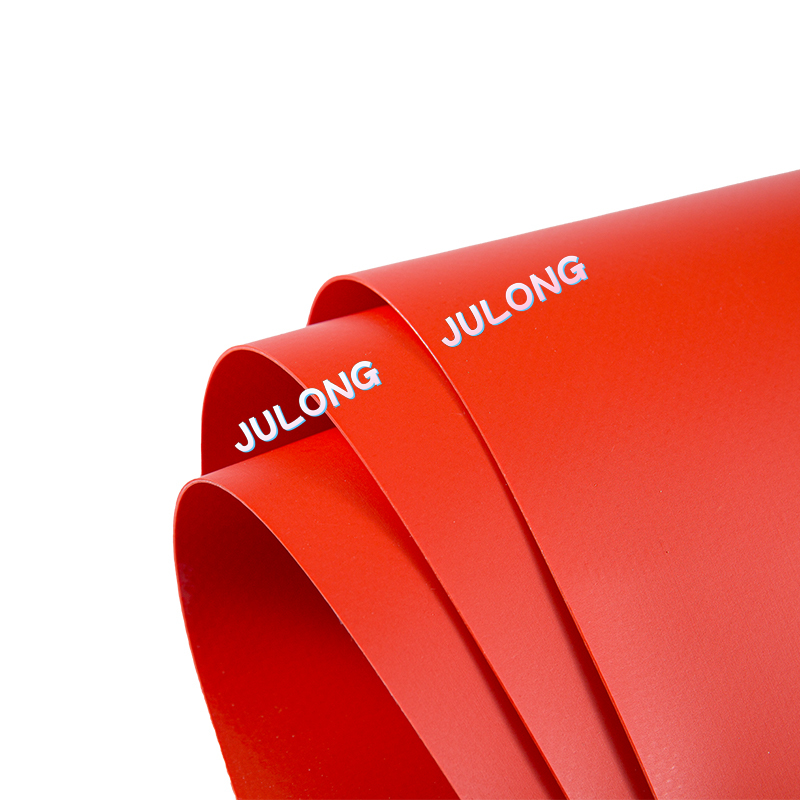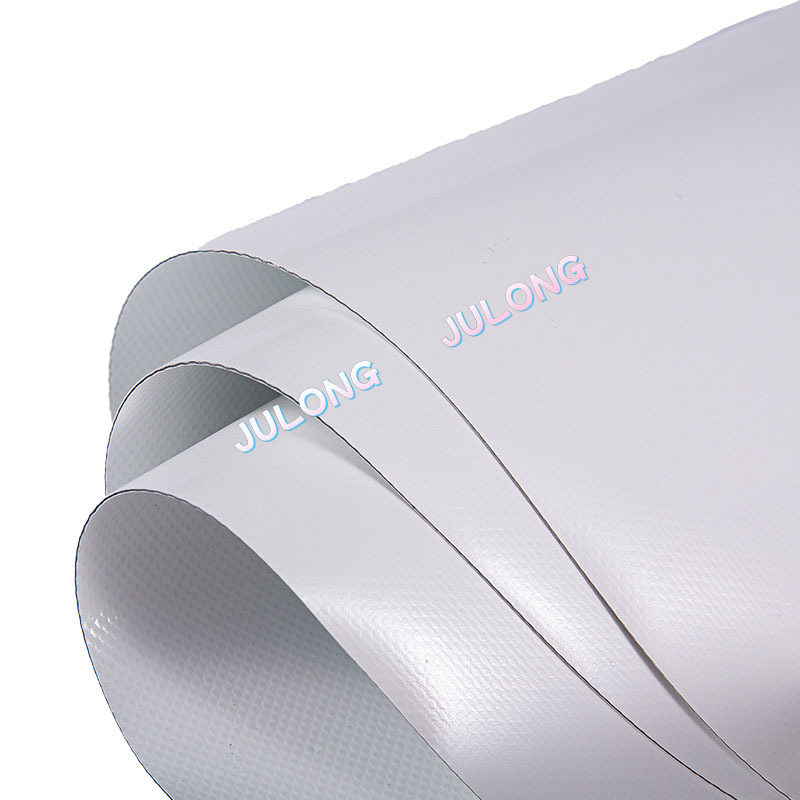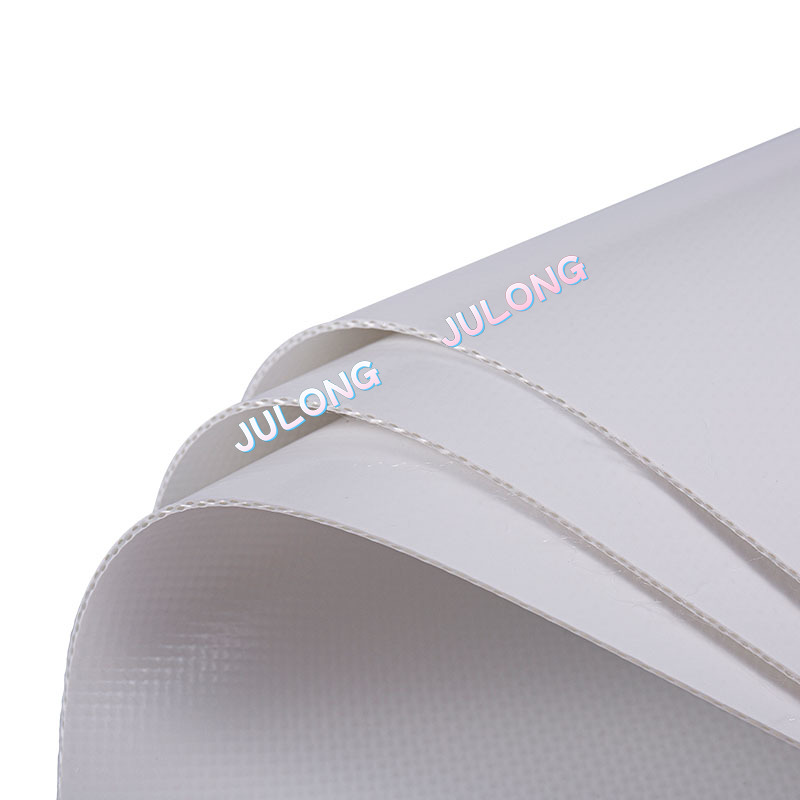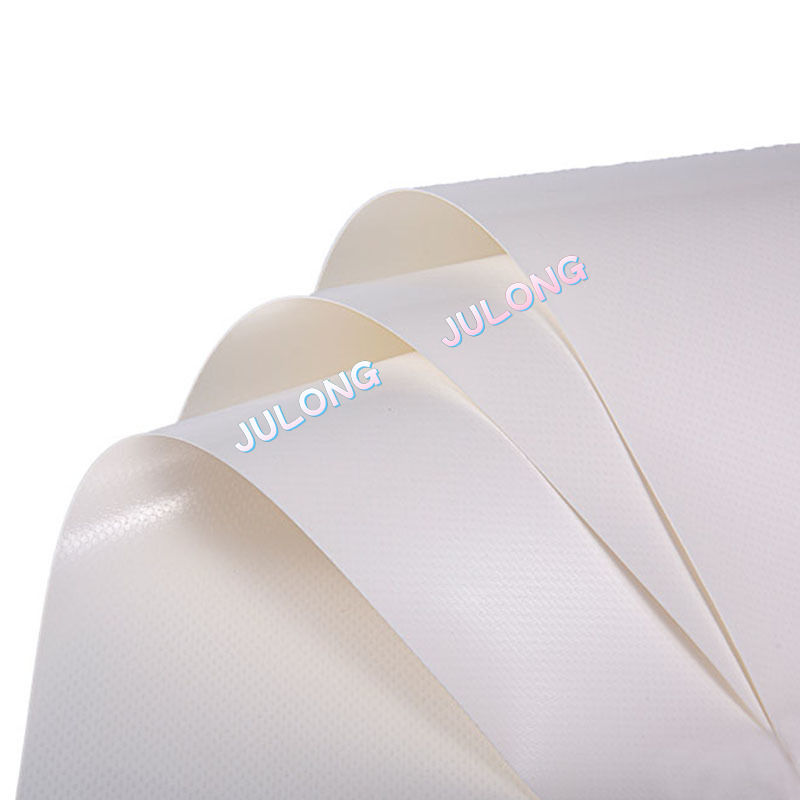Overview: what is PVC mesh pool security barrier fabric?
PVC mesh pool security barrier fabric is a woven or knitted textile, typically polyester or nylon core yarns with a durable PVC coating, designed as an infill or fencing material for pool perimeter barriers. It combines tear resistance, UV stabilization, and water- and chlorine-resistant properties. The fabric is used in freestanding panels, roll-up barriers, retractable systems, and as the infill in framed barriers to prevent access to the pool area. Understanding materials and construction is the first step to judging whether it is safe for children and pets.
Key safety attributes of PVC mesh for child and pet protection
Not all PVC mesh products are created equal. Safety depends on several measurable attributes: tensile strength, mesh aperture (hole size), abrasion resistance, edge finish, fastening method, and fire and chemical resistance. Each attribute affects how the barrier performs when a child or pet pushes, pulls, or climbs against it.
Tensile strength and tear resistance
High-quality PVC mesh uses polyester warp and weft yarns with a thick PVC coating. Look for minimum breaking strengths in the manufacturer’s technical datasheet—higher tensile values mean the fabric resists tearing under a child’s tug or a pet’s scratch. Reinforced selvages and double-stitched hems dramatically increase load capacity at mounting points, which is where failures most commonly occur.

Mesh aperture and grip prevention
Mesh aperture—the size of the holes in the fabric—matters for both climbing prevention and limb entrapment. Very large openings (>25 mm) can provide toe or finger holds, enabling children to climb. For safety, choose tighter meshes or coated weaves with apertures small enough to remove easy foot or hand purchase.
Abrasion and edge finishing
Edges and mounting points bear the most mechanical stress. Overlocked or heat-welded edges with stainless steel grommets or reinforced webbing prevent fraying and localized failure. A barrier with poorly finished edges can open suddenly when stressed.
Installation factors that determine real-world safety
Even the best fabric can be unsafe if installed incorrectly. Proper tensioning, secure anchors, and no gaps under or beside the barrier are essential. Installation quality determines whether the barrier can resist a push test (adult or toddler force) and prevents crawling access underneath.
Anchoring and mounting techniques
Use heavy-duty stainless steel fixings, corrosion-resistant anchors, and continuous top and bottom rails where possible. Snap-in systems and clip rails must be rated for outdoor use; avoid lightweight plastic anchors that degrade under UV and can pop out when loaded.
Tensioning, sag, and gap control
Tension the mesh so there is no sagging higher than a few millimeters under moderate load. Check for gaps at the base—any gap larger than a child’s hand (approx. 50 mm) or a small pet’s head (approx. 30–40 mm) presents an entry risk. Use bottom rails or ground anchors to eliminate crawlspace.
Compliance with safety standards and local codes
Safety is also regulatory. Many jurisdictions require pool barriers to meet specific height, latch, and gap standards. PVC mesh barriers often form part of a compliant system, but the entire installation must be evaluated against local building codes, pool safety standards (e.g., ASTM, AS/NZS, CPSC guidance), and homeowner association rules.
What to request from suppliers
Ask manufacturers for test reports: tensile and tear test data, UV aging results, and any certifications showing compliance with relevant standards. A supplier who provides detailed technical datasheets, installation instructions, and warranty terms demonstrates better product reliability.
Considerations specifically for children
Children are curious, climb-prone, and able to apply surprising force. Designing a barrier for children focuses on eliminating footholds, preventing entrapment, and ensuring latches and gates are out of reach or childproof.
Climb resistance and visual cues
Low-contrast or patterned meshes can inadvertently provide visual footholds. Choose a closely woven, smooth-surfaced mesh with minimal texture to reduce grip. Keep top rails and horizontal members away from the mesh face to avoid ladder effects.
Gate latches and access control
A secure gate with an out-of-reach latch is as important as the mesh itself. Self-closing, self-latching gates that meet local code height and latch placement are recommended. Latches should be continuous and shielded from tampering by curious children.
Considerations specifically for pets
Pets present different challenges: chewing, digging, and pushing. Dogs, especially, may attempt to force or chew mesh to gain access. Choose mesh with high tear strength, secure bottom anchoring, and consider additional barriers against digging.
Chew resistance and reinforcement
PVC-coated polyester resists chewing better than plain PVC film, but persistent chewers can still damage it. Reinforce the lower section with rigid skirting, metal kick-plates, or bury a short length (50–100 mm) of the lower edge into compacted gravel or concrete to prevent digging escape attempts.
Sizing and pet-specific gaps
For households with small pets or puppies, ensure mesh apertures and under-rail gaps are smaller than the smallest pet’s muzzle or head. Where necessary, add a secondary barrier of finer mesh or solid panels near the base.
Durability: UV, chlorine, and weather resistance
Poolside environments expose barriers to strong sun, chlorine splash, and frequent wet/dry cycles. High-quality PVC meshes are UV-stabilized and formulated to resist chlorine and salt. Lower-cost products often fade, embrittle, and become brittle in months, reducing safety.
Expected lifetime and maintenance
A well-manufactured PVC mesh, when properly installed and maintained, should last multiple years (commonly 5–10) in moderate climates. In high-UV or coastal conditions, expect accelerated wear; inspect annually and replace when stiffness, cracking, or significant discoloration appears.
Inspection, maintenance, and emergency checks
Routine checks detect wear before it becomes a safety hazard. A weekly or monthly quick inspection combined with seasonal in-depth checks is a practical maintenance rhythm for most homeowners.
- Check tension and look for sagging areas that could allow climbing or crawling.
- Inspect grommets, stitching, and anchor points for rust, pull-through, or damage.
- Verify gate operation, self-closing action, and latch security monthly.
- Replace damaged sections immediately; temporary repairs (tape) are not acceptable long-term solutions.
Quick comparison table: features vs. safety benefit
| Feature | Safety Benefit |
| Small aperture mesh | Reduces climbing and limb entrapment |
| Reinforced edges & grommets | Prevents pull-through and edge failure |
| UV & chlorine stabilization | Extends life and maintains strength |
| Sealed, self-closing gates | Prevents unsupervised access |
Conclusion: is PVC mesh pool security barrier fabric safe?
Yes — when chosen, installed, and maintained correctly, PVC mesh pool security barrier fabric can be a safe and effective solution to protect children and pets. Key success factors are selecting the right mesh construction and strength, professional-quality anchoring and gates, compliance with local safety codes, and a proactive inspection and maintenance program. For homes with determined chewers or diggers, combine the mesh with rigid kick-plates or buried skirts for added protection. Ultimately, no barrier replaces active supervision; PVC mesh is an important engineering control that reduces risk significantly but should be part of a layered approach to pool safety.


 English
English عربى
عربى







